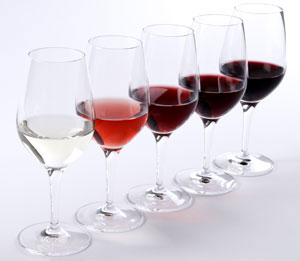| Posted: August 6, 2008 |
Electronic tongue wine fraud detective |
|
(Nanowerk News) An electronic tongue that can 'taste' the grape varieties and vintages of wine has been created by Spanish scientists.
|
|
Cecilia Jiménez-Jorquera from the Barcelona Institute of Microelectronics, and colleagues, created a multisensor device and trained it to distinguish between different wines and grape juices ("Electronic integrated multisensor tongue applied to grape juice and wine analysis" – free access article).
|
|
When speaking with specialists of the wine industry, the need for a rapid route to obtain valuable information about product quality was noticed, explains Jiménez-Jorquera. It takes a long time to send samples to a centralised laboratory for analysis with complex equipment.
|
 |
| The device could be used to detect frauds committed regarding the vintage year of the wine, or the grape varieties used.
|
|
Jiménez-Jorquera's electronic tongue combines an array of six ion-sensitive field effect transistor-based chemical sensors, with cross-sensitivity to multiple ions in solution. The data is then analysed with an appropriate chemometric method. 'This system enables the rapid and simultaneous measurement of different analytical parameters related to the quality control of wines and grape juices,' says Jiménez-Jorquera.
|
|
The electronic tongue is small and robust, Jiménez-Jorquera explains, and it is portable - which is essential for field measurements. She adds that the device could be used to detect frauds committed regarding the vintage year of the wine, or the grape varieties used.
|
|
The advantage of this device is that it is 'fast, easy and relatively cheap' says Sue Ebeler from the University of California, Davis, US, who has studied wine flavour chemistry. 'One of the most interesting aspects,' Ebeler adds, 'is the ability to predict sugar, acid and alcohol content using sensors that are not specifically sensitive to these components but respond to cations and heavy metals.'
|
|
The next step, says Jiménez-Jorquera, will be to extend the number of samples analysed to get more precise results, and give the best training for this electronic tongue. Other kinds of chemical sensors can then be incorporated to broaden the field of applications to other beverages and foods.
|

